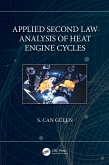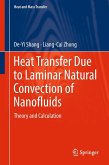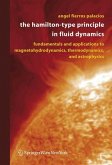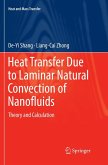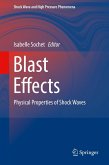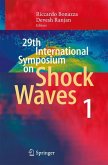This book provides a comprehensive introduction to the essential topics necessary for understanding and effectively navigating the complex field of thermofluid dynamics. Covering a wide range from mathematics and experiments to fluid mechanics, quantum mechanics, and statistical mechanics it also examines the properties of high-temperature gases. Traditionally, mastering thermofluid dynamics requires a solid foundation across multiple disciplines, often necessitating consultation of numerous textbooks. However, this book consolidates these diverse topics, freeing readers from the need to refer to additional materials.
Key concepts addressed include vector operations, spatial differentiation in curvilinear coordinates, error and dimensional analysis, and the intuitive understanding of intensive thermodynamic variables. The book explores as well the convexities of thermodynamic potentials, conservation laws in fluid mechanics, fundamentals of waves, sound speed in reactive gases, and the underlying principles of quantum mechanics and statistical thermodynamics. Written concisely, it provides detailed explanations of mathematical procedures a common challenge for students.
Ideal for newcomers to thermofluid dynamics, this book serves as a valuable resource for students and researchers. Its clear and detailed approach makes it an indispensable guide for those seeking to deepen their understanding of this multifaceted discipline.
Key concepts addressed include vector operations, spatial differentiation in curvilinear coordinates, error and dimensional analysis, and the intuitive understanding of intensive thermodynamic variables. The book explores as well the convexities of thermodynamic potentials, conservation laws in fluid mechanics, fundamentals of waves, sound speed in reactive gases, and the underlying principles of quantum mechanics and statistical thermodynamics. Written concisely, it provides detailed explanations of mathematical procedures a common challenge for students.
Ideal for newcomers to thermofluid dynamics, this book serves as a valuable resource for students and researchers. Its clear and detailed approach makes it an indispensable guide for those seeking to deepen their understanding of this multifaceted discipline.


